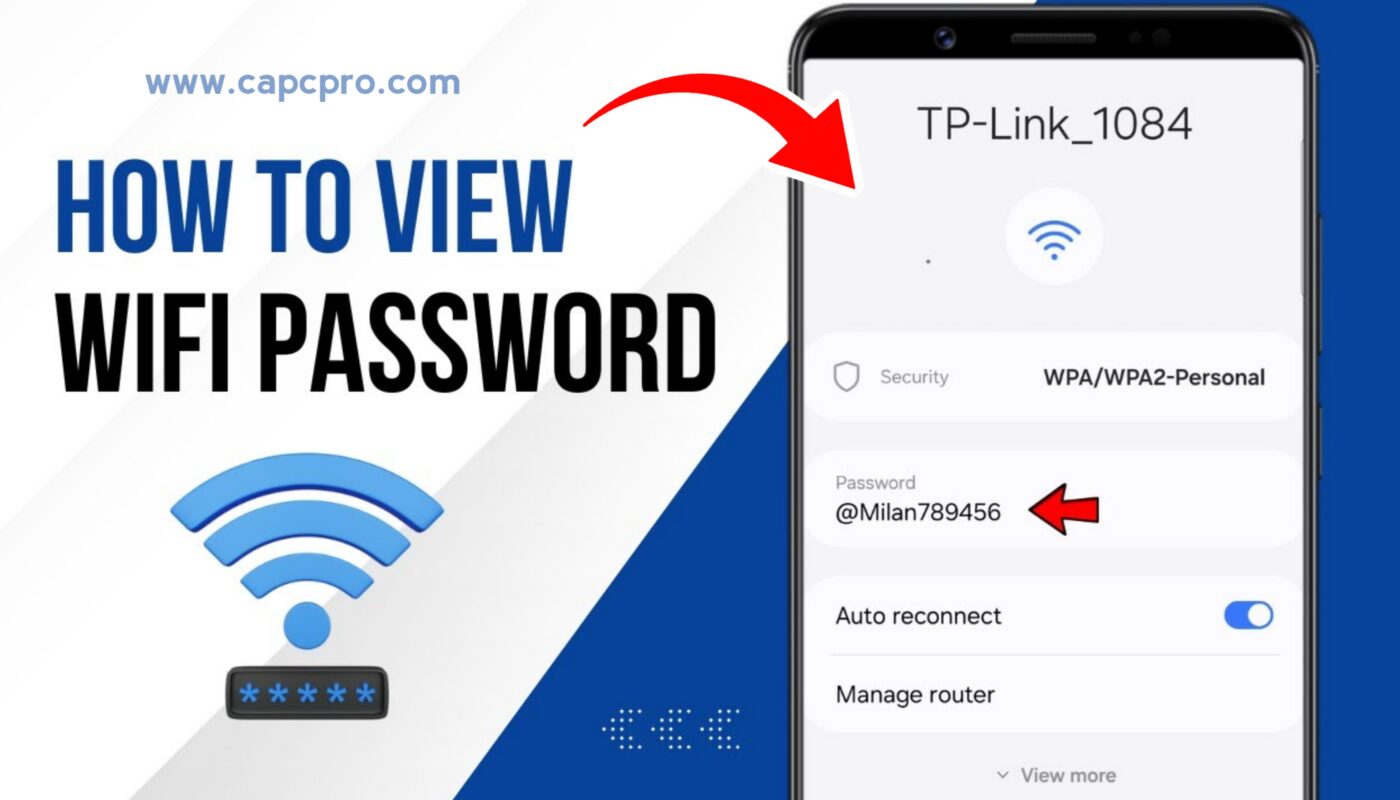These days, Wi-Fi is a need in our everyday life. Having a steady and quick internet connection is essential for practically everything we do online, including working remotely and streaming films. However, what happens if you are in an area where Wi-Fi is required and you are unsure of the password? Although many individuals think of “hacking” into a network right away, that is immoral and unlawful. Thankfully, there are secure and authentic methods for connecting to a Wi-Fi network without having the password.
The safe, legal, and useful ways to use the internet without breaking any laws are examined in this article.
- Use WPS (Wi-Fi Protected Setup)
WPS is a function that many contemporary routers come with that enables devices to connect without entering a password.
How it works:
- Look for a physical WPS button on the router, which is typically located on the side or rear.
- Choose the network you wish to connect to by going to the Wi-Fi settings on your laptop or phone.
- On the router, press the WPS button.
- You shouldn’t have to input a password to connect your device.
Pros:
- Fast and easy.
- There’s no need to request the password.
Cons:
- has to be physically present at the router.
- Not every router has WPS activated.
- Ask for a QR Code
Wi-Fi QR codes have replaced direct password sharing in many coffee shops, hotels, and public areas.
How to connect:
- Launch a QR scanner app on your phone or use the camera.
- Using the QR code provided, scan the Wi-Fi.
- Your device will connect on its own without requiring you to enter the password.
Pros:
- easy to use for non-technical people.
- eschews inputting complicated passwords by hand.
Cons:
- only functions if the network owner has a QR code set up.
- Join Public Wi-Fi Networks
Without a password, public Wi-Fi is one of the simplest ways to connect. Open networks are available in many locations, including restaurants, libraries, malls, and airports.
How to find them:
Go into your device’s Wi-Fi settings and search for networks that have the name “Free Wi-Fi” or something similar.
After choosing the network, you may be sent to a screen requesting your login information or conditions.
Tips for safety
- Steer clear of sensitive transactions on public networks and online banking.
- To increase security, use a VPN.
- Use Your Mobile Hotspot
If local Wi-Fi is unavailable, you may share mobile data with your laptop or other devices by using the personal hotspot on your smartphone.
How to enable:
- Navigate to Settings > Tethering (or Mobile Hotspot) on your phone.
- Switch on the hotspot function.
- Use the hotspot network to connect your other device.
Pros:
- total command of the connection.
- independent of external Wi-Fi.
Cons:
- Your mobile data plan is used.
- could rapidly deplete the battery.
- Use Network Sharing from Another Device
A buddy who is already using the Wi-Fi can share it with you without disclosing the password.
Methods:
- Bluetooth tethering
- USB tethering
- Mobile hotspot sharing
When two neighbouring devices are logged into iCloud, for instance, you may utilise the “Share Wi-Fi” feature on iPhones.
-
Connect via Guest Networks
By using the guest network capability of certain routers, users may connect without having to use the main network. Frequently, these guest networks employ a straightforward click-to-connect site or lack a password.
Steps:
- To find out if a guest network is available, ask the network owner.
- Choose the guest network from your list of Wi-Fi networks.
- Connect by accepting the conditions or without a password.
- Wi-Fi Sharing Apps
Other users’ shared Wi-Fi hotspots are listed via programmes like WiFi Map and Instabridge. Users of these apps willingly upload their access credentials, which are based on community sharing.
Pros:
- Thousands of networks are easily accessible.
- free in many situations.
Cons:
- Not accessible in every location.
- Data might not be current.
- Tether from Another Device via LAN
You may use an Ethernet cable to share your desktop computer’s internet connection with another device if it is Wi-Fi enabled.
How it works:
- An Ethernet cable is used to connect the two devices.
- Configure your network to allow Internet Connection Sharing.
- Without requiring the Wi-Fi password, the second device will be able to access the internet.
Important Security & Legal Notes
Although using Wi-Fi without a password could seem tempting, most nations prohibit gaining unauthorised access to another person’s network. Make sure at all times:
The owner of the network has given you permission.
The techniques you’re employing are openly accessible and meant to be shared.
You use a VPN and up-to-date antivirus software to safeguard yourself on public networks.
Final Thoughts
There are secure and legal ways to get online without entering a Wi-Fi password, including WPS, QR codes, public networks, hotspot sharing, and guest networks. Although technology is making connections simpler, we must not lose sight of the fact that privacy and legal boundaries are just as vital as ease.
By following the above advice, you may maintain your connection without jeopardising your safety or breaching the law.
